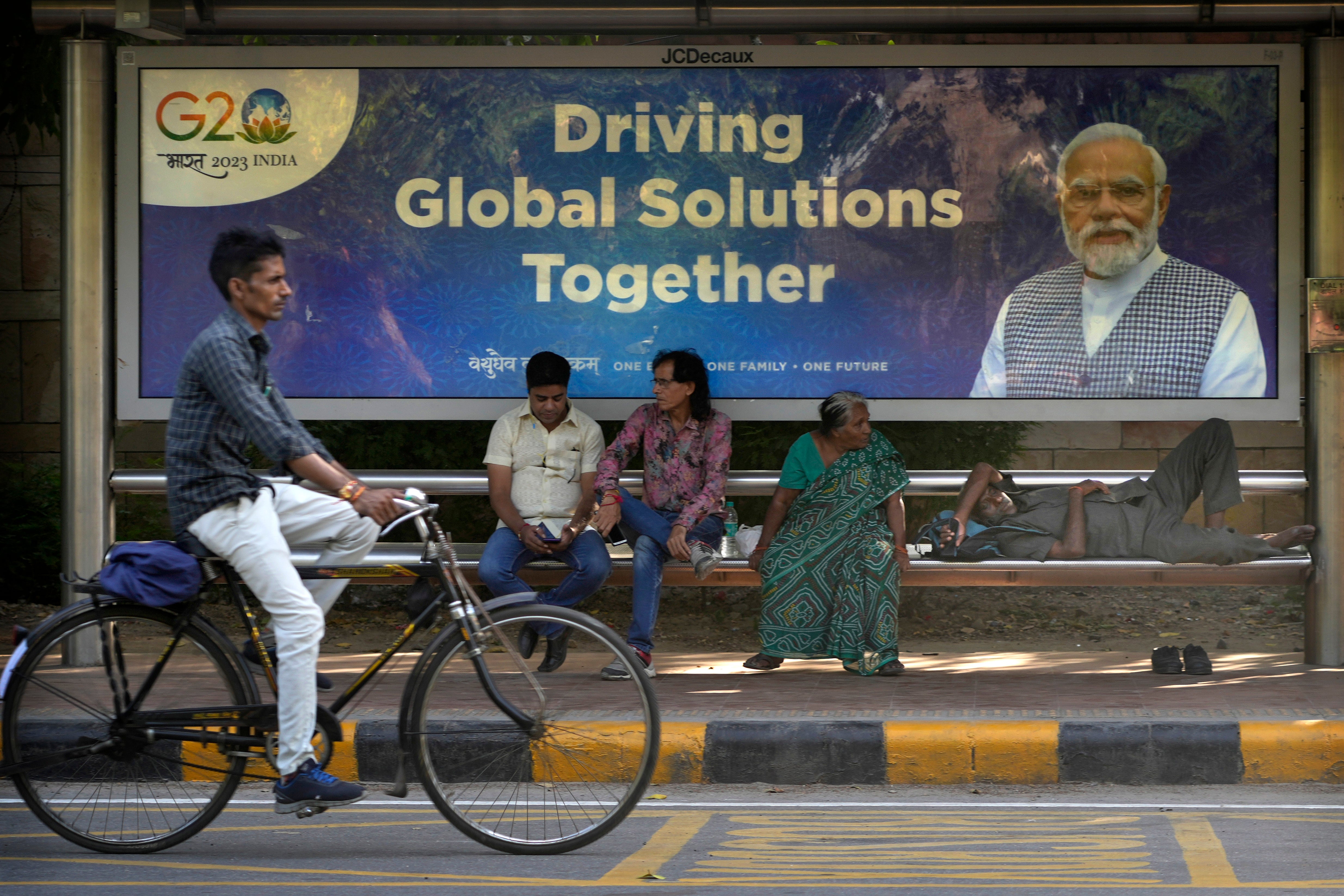The Independent's journalism is supported by our readers. When you purchase through links on our site, we may earn commission.
How much would it cost to ‘rebrand’ India?
From making changes to government documents to maps and highway landmarks, and publicising the rebranding, everything would entail a cost for the country

India is currently abuzz with speculations about a potentially massive change – the official renaming of the country to “Bharat”.
The speculations were sparked when India’s president Draupadi Murmu’s invitation for the upcoming G20 summit showed the use of the phrase “president of Bharat” – the Hindi name for the country – instead of the traditional “president of India”.
Some Indian media outlets reported, quoting sources, that the Narendra Modi government, known for its Hindu nationalist agenda and history of rebranding cities to suit local culture, was planning to put forward a resolution to change the country’s name officially later this month in the five-day special session of parliament that starts on 18 September.
While there are many debates ongoing in India with opposition parties, experts, and citizens locking horns over the merit behind the name change, one specific concern is the cost associated with such a massive undertaking for a country the size of India.
Experts pointed out that an exercise like this would incur a massive financial cost, even for the world’s fifth-largest economy.
While the exercise of changing a country’s name might appear merely symbolic, the move would mean significant changes at local, national, and international levels.
From making changes to government documents to maps, highway landmarks, and publicising the rebranding, everything would entail a cost for the country.
To understand the potential cost of this name change, we can look at examples from other countries that have undergone similar transitions, such as eSwatini (formerly Swaziland), and how the cost was calculated for them in 2018.
While it’s not clear how much money the country spent, a formula devised by South Africa-based intellectual property lawyer and blogger Darren Olivier has caught the attention of everyone.
Mr Olivier posted on his blog after the official change that it will cost the country $6m to change its name.
For a large company the average marketing budget costs around 6 per cent of its revenue, he wrote. That would be $60m in the case of eSwatini – and rebranding budgets typically take up 10 per cent of those marketing costs.
This gives the $6m estimate that may ultimately have to be found by the eSwatini government.
Mr Olivier told BBC back in 2018 that for such a small country, that is “not insignificant”.
“There’s value in that, there’s intrinsic value in that identity and what it means for the people,” he told BBC.
“Yet at the same time there’s a cost – a physical cost in changing the identity.”
Using the same formula, for a country the size of India, the cost comes to be about Rs 14,000 crore ($172m; £136m), first reported by Outlook Business using Mr Oliver’s formula.
While this is as close an estimate one can make, the real cost could be much higher depending upon how much the Indian government decides to pay to publicise its move.
India itself has taken up this exercise several times for recent changes to the names of cities introduced by the Modi government. Earlier this year, the city of Aurangabad in Maharashtra was renamed Chhatrapati Sambhaji Nagar while Osmanabad in Maharashtra was rechristened to Dharashiv. Similarly, the city of Allahabad in Uttar Pradesh was changed to Prayagraj in 2018.
Most of these changes are part of the Mr Modi government’s attempts to get rid of names given by the British and Mughals, and reclaim India’s “Hindu heritage”. The exercises have been condemned by opposition leaders time and again who say it is unnecessary wastage of money. However, there is no cost estimate available for the money the country spent in changing these names.
Not just money, it also took a long time for countries to be officially known by their new names. India’s neighbour Sri Lanka changed its name from Ceylon in 1972, but it took decades for the island nation to get through the changes and be known with its new identity.



Join our commenting forum
Join thought-provoking conversations, follow other Independent readers and see their replies
Comments